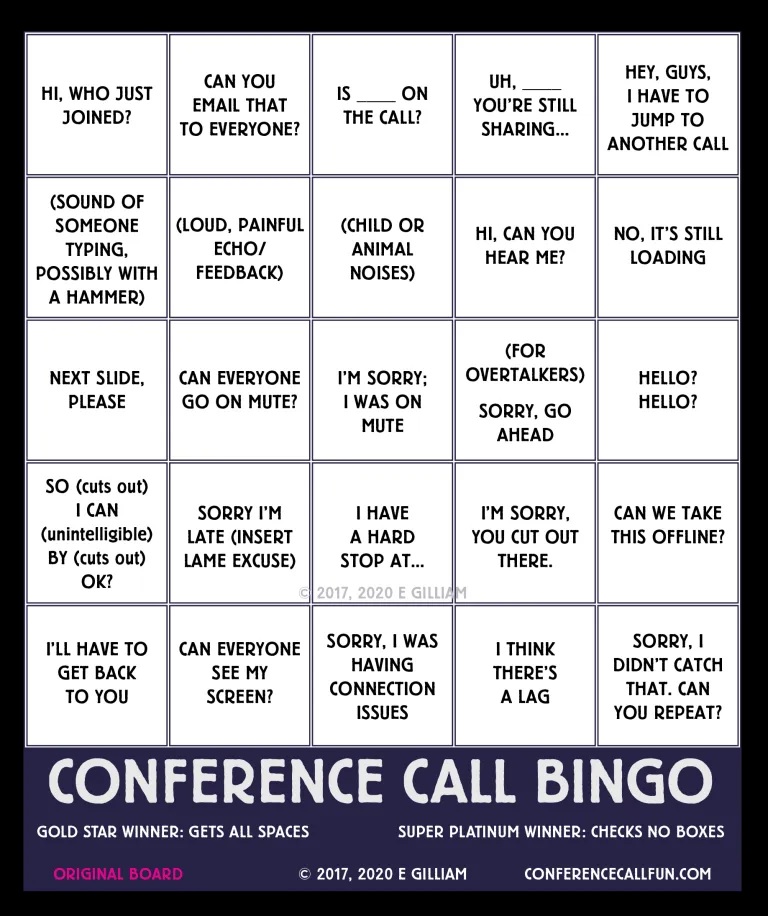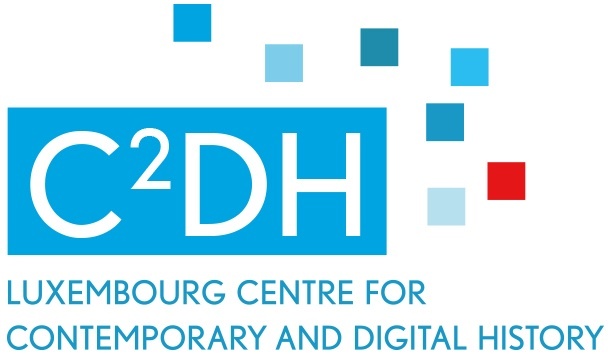While we were teaching The Recurated Museum, a course on museums as digital spaces, the COVID-19 pandemic forced us to practice what we preach and transition from physical to virtual museums as well as from in-class to remote teaching. We were expected to put our digital skills to the test.
Thrown into the deep
We had about three days to prepare for our first remote class, which was actually the last of our “traditional lectures” before diving into increasingly hands-on sessions. We immediately decided to record most of the

lecture beforehand and to discuss the online debates assigned each week via a video meeting at the start of each class.
At the start of remote teaching, the video conferencing software recommended by the university was unreliable on the server side and very much dependent on the internet connection of other students. We provided the students with best practices based on the guidelines, and started class 15 minutes earlier to resolve technical issues each week. Regardless, losing connection all the time in our case just confirmed all those video call bingo quotes. We considered moving to Zoom, but decided against it due to privacy concerns and the fact that it was not supported by the university.
Recording lectures beforehand and making them privately available for streaming proved to be a better solution. We used Vimeo to privately host our video lectures. Chris had a preexisting licence of Camtasia for preparing the lectures, and Sytze used Quicktime to make screen recordings. We both edited and combined the videos in iMovie. We decided to only record our voice, which made us more comfortable and did not distract from what was written on the slides. Recording mitigated the problems with unstable internet connections and meant that the students could access the material in their own time. This experience was an important reminder that (internet) access is not always a given, and that instructors teaching remotely should accommodate for this fact.
Learning as teachers
After a while we got used to recording and we noticed that a full-text script saved time by avoiding retakes and additional editing. Writing a script in advance is absolutely necessary when the course is remote for longer than a few weeks and the flow of the lecture benefits tremendously. YouTube has been really helpful as well, because existing content gives students engaging visuals. Furthermore, we tried to ease the transition for the students by avoiding additional technology unless absolutely necessary. If a certain functionality existed on the learning platform of the university, we used it.

We also acknowledged that this situation is not normal, that it’s okay if students have a hard time keeping up, and tried to reiterate the general recommendations for mental well-being where we could. We strongly encourage all teachers to give students the opportunity to answer the following two statements anonymously: “For me, remote classes would be easier if…” and “Now that the class has moved online, I think that [suggest changes to evaluation format]”.
We conducted the intermediate course evaluation after the second remote class. Students indicated that remote classes would be easier if ““we have a previous video class prepared to watch and learn rather than use.” But some students also missed the interaction and “would appreciate it if the videos would maybe be a bit shorter so that we could tune in for questions at the end of the lesson.” We took their feedback into account and afterwards always ended class with five to ten minutes of video conferencing.
After our initial problems with video calls, we mostly turned to the chat function on the learning platform instead of video call to check in at the start of class. This worked quite well, as students of all ages were very used to chat. We were still available for individual questions via video conferencing during class while the students were watching the lecture or working on in-class assignments. For guest lectures however we did use video conferencing, but fortunately by then most of the initial connection problems were resolved.
Tools for collaboration
Since teamwork was one of our core teaching objectives we used a brainstorming software called Mural. This software allowed us to create templates with prompts and questions where groups of students could add their suggestions on virtual Post-It notes, but they could also insert icons and images. We set timers to keep groups on track and had voting sessions to see which ideas the group preferred. We guided the brainstorm in real-time by giving suggestions and answering questions. Mural represents the advent of technologies that actually feel like they contribute to the learning process rather than hindering it.
One more tool that we started using even before we shifted to remote teaching is Hypothes.is which allows students to comment on course readings and interact with each others’ comments. It also meant we could objectively assess who prepared the class readings and who did not, which in turn affected the class participation grade.
Conclusion
The irony of this course on digital museums having to go digital is not lost on us. In some ways it was very apropos — as a result of the pandemic, hashtags like #MuseumAtHome and #CultureChezNous went viral. There was no better time to talk about museums and the digital. Nevertheless, remote teaching definitely impacted our workload since it required much more preparation. The learning platform suddenly needed more explicit step-by-step guides for each class and assignment to minimise confusion for the students. Clearly, communication is key.
For more information about the content of the course check Reflection on the Recurated Museum


